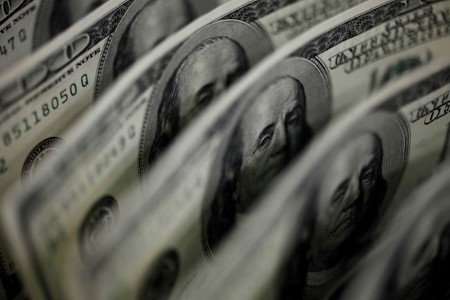

INSIGHTS 

INVESTMENT STRATEGY
THE BASICS
DOWNLOADS 

 DOWNLOAD
DOWNLOAD

 DOWNLOAD
DOWNLOAD

 DOWNLOAD
View all Reports
DOWNLOAD
View all Reports


Reports
Policy rate views: Fed expected to do baby steps
 DOWNLOAD
DOWNLOAD

Economic Updates
Inflation Update: Faster but full-year average within target
 DOWNLOAD
DOWNLOAD

Reports
Monthly Economic Update: Waiting on Jay Powell
 DOWNLOAD
DOWNLOAD
Follow us on our platforms.


Rates & Bonds
4 MIN READ
Long-term yields soar after auto tariffs, curve steepens

This article originally appeared on reuters.com





 By Reuters
By Reuters